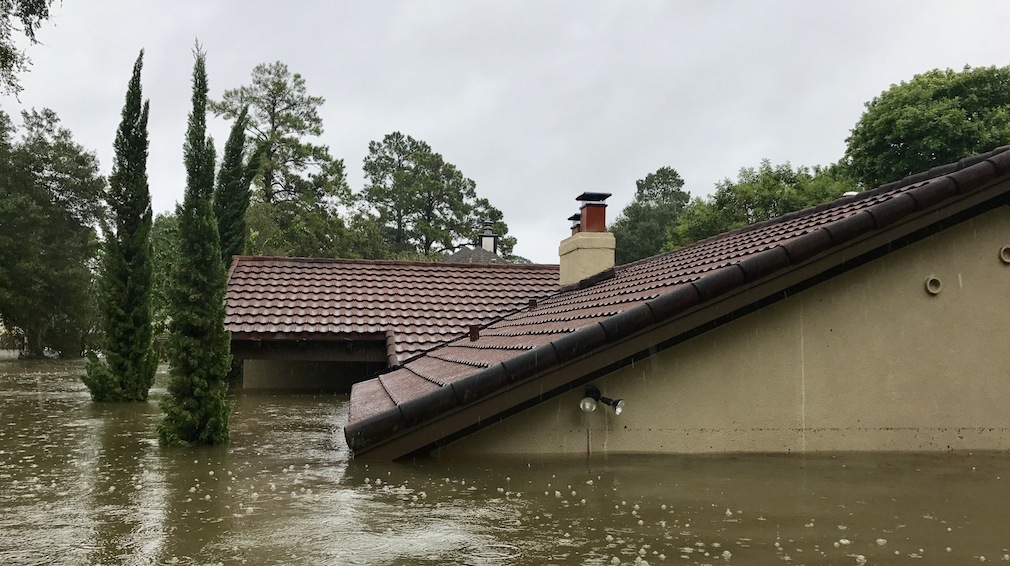Two weeks ago, Hurricane Michael decimated parts of the Florida panhandle, leaving thousands of homeowners to deal with the destruction.
While the Category Four storm tore across parts of Georgia, North Carolina and Virginia, Florida was indisputably the hardest it.
Florida also happens to have a significant senior population – 4.1 million according to the U.S. Census Bureau – and it is consequently home to a large number of reverse mortgage borrowers, coming in second behind California for the state with the most HECM originations.
Now that the storm has passed, reverse mortgage borrowers living in the hurricane’s wake can expect a call from their servicer.
Sydney Godbehere, first vice president of loan operations at Celink, a reverse-only mortgage servicer, said the first priority is to make contact with borrowers and get information about the extent of their home’s damage.
“The first thing that we do is try to reach out to the borrower in any way that we can by sending an inspector out to the property or mailing a letter,” Godbehere said. “Sometimes we’ll do outreach phone calls just to see if they’re OK and whether or not they’ve been impacted by the disaster.”
Because they are handling federally insured loans, reverse mortgage servicers must inspect the extent of the damage and monitor the restoration of the property to protect HUD’s interest. Godbehere said in some cases the servicer will have to release payments in installments, and then complete a final inspection of the property.
She said it is crucial that loan officers who are contacted by affected borrowers suggest they connect with their servicer right away.
“If a borrower contacts you saying that they’ve had a loss, the most important thing to do is get them connected to the servicer,” she says.
Godbehere said sometimes lenders are unaware of the process involved and can relay misinformation to the borrower, and that can have a lasting impact on the servicer-borrower relationship.
She suggests loan officers connect with their company’s servicer to learn the broad strokes about their policies after natural disaster strikes so they can give borrowers an accurate account of what to expect.
“If you have any questions, pick up the phone and call us!” she said. “We actually love when loan officers call us, because they want to understand. Then everyone is on the same page, and we can assist borrowers from start to finish.”






